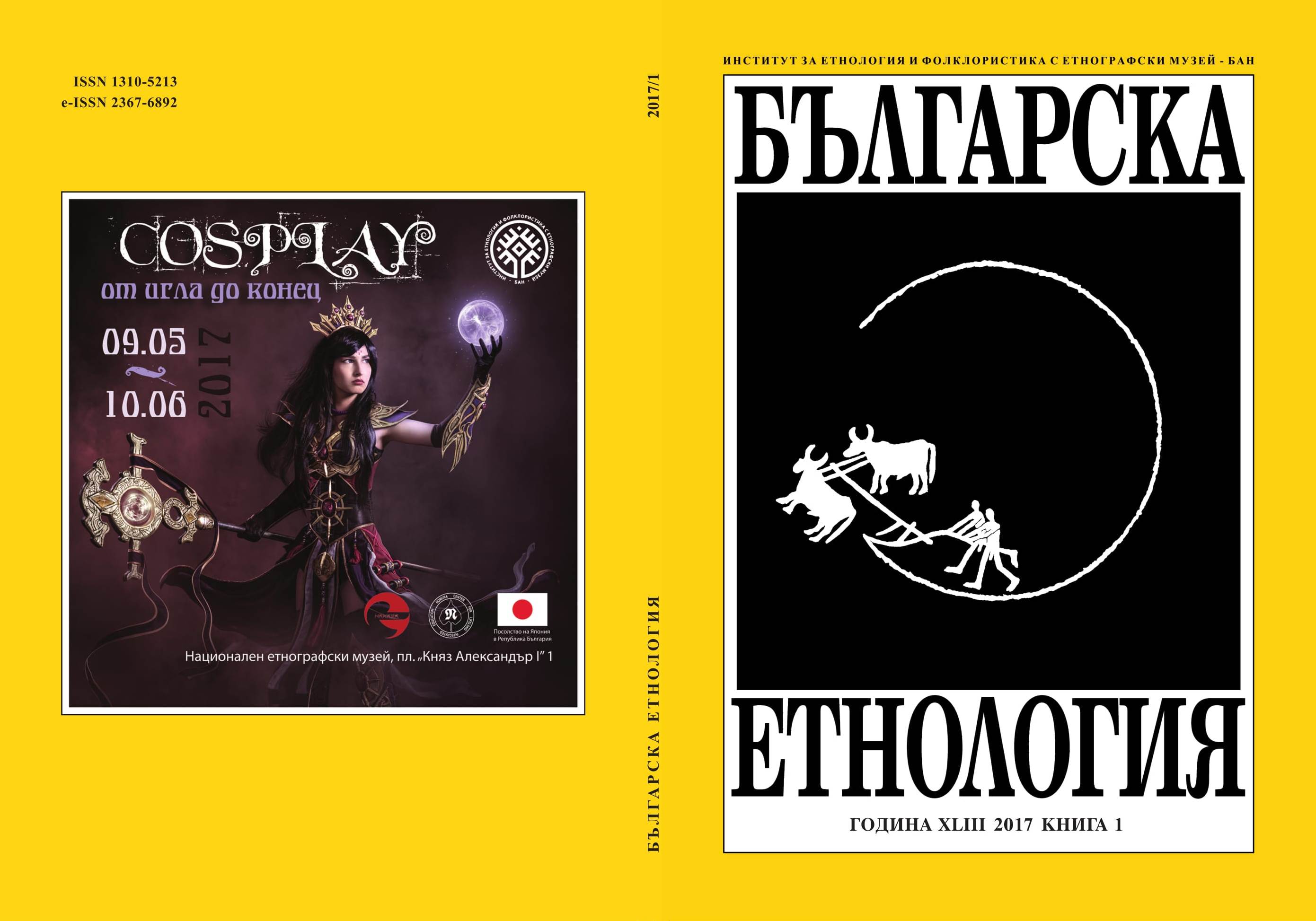
We kindly inform you that, as long as the subject affiliation of our 300.000+ articles is in progress, you might get unsufficient or no results on your third level or second level search. In this case, please broaden your search criteria.

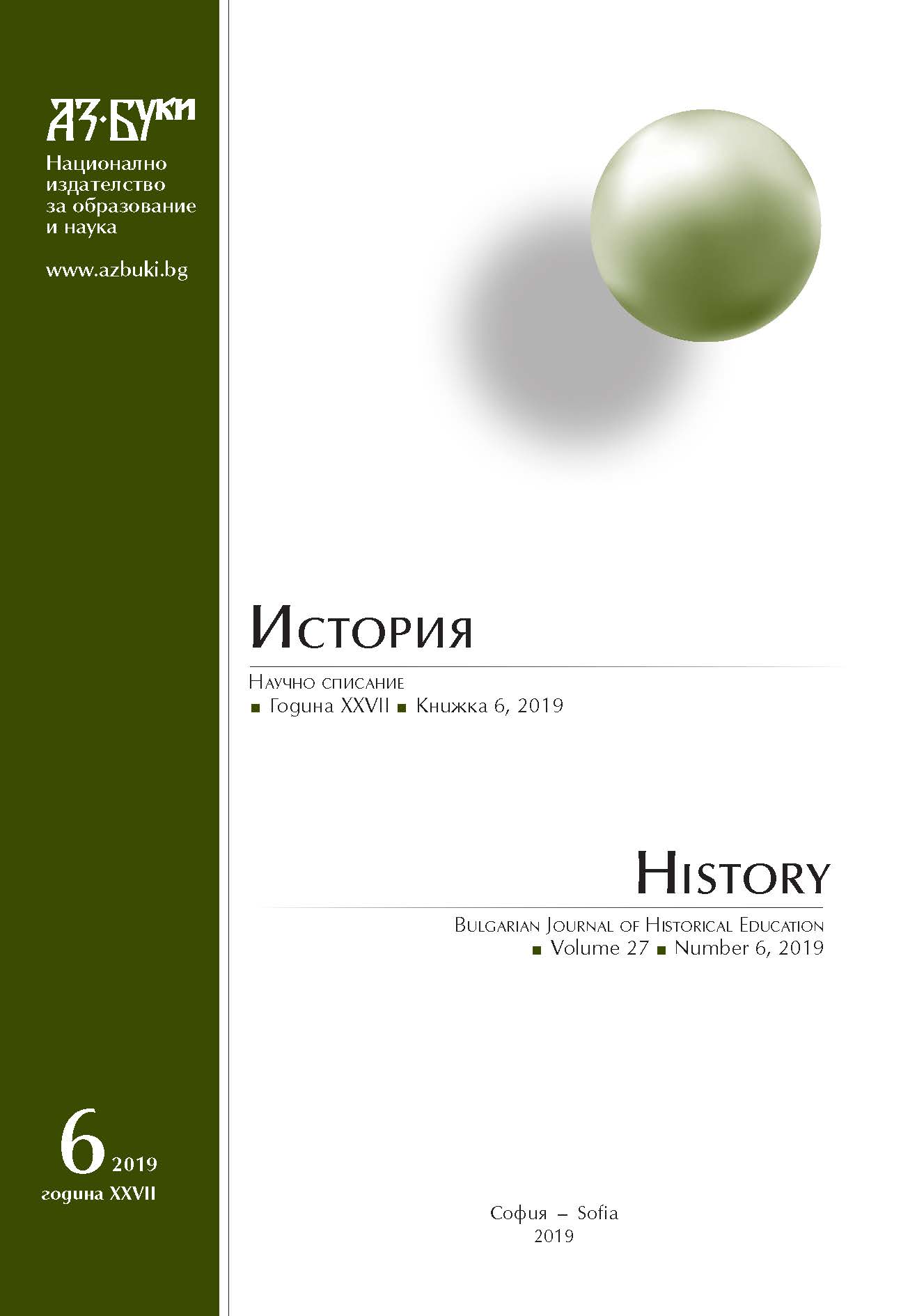
The post-war situation confronts the Turkish population in Bulgaria with the challenges of both the strained relations between Sofia and Ankara and the assimilation-led policies of the communist ideology against the minority. This publication examines the attempts of the Bulgarian Communist Party to build a new view of life among the Turkish women in Bulgaria through the mechanisms of education and culture. By pursuing its goal of depersonalizing the influence of religion at the expense of emancipatory perceptions of women’s active participation in social and political life the state harnesses totalitarian propaganda in order to change the value orientation of the Turkish women. The striving for modernization of the life of the Turkish women is also in compliance with the specific tasks and problems of the simultaneously pursued minority policy in the country.
More...
The proposed text does not attempt to present in detail the transformations pertaining to the Bulgarian Turks that have taken place in the state system and the society in Bulgaria since November 10, 1989. Rather, it attempts to explore a phenomenon which, at first glance, undoubtedly resembles nostalgia, but reveals, after a more thorough looking into it, the Bulgarian Turks‘ memory of the repressive party line of the totalitarian state and its culmination - the policy of forced assimilation, cynically called „revival process“. Also, the new reality of the Transition evokes a certain perception of the totalitarian regime, not in regards to its construction, normative or services, but in regards to its everyday life expressed through work realization, education, organization of public spaces, etc.
More...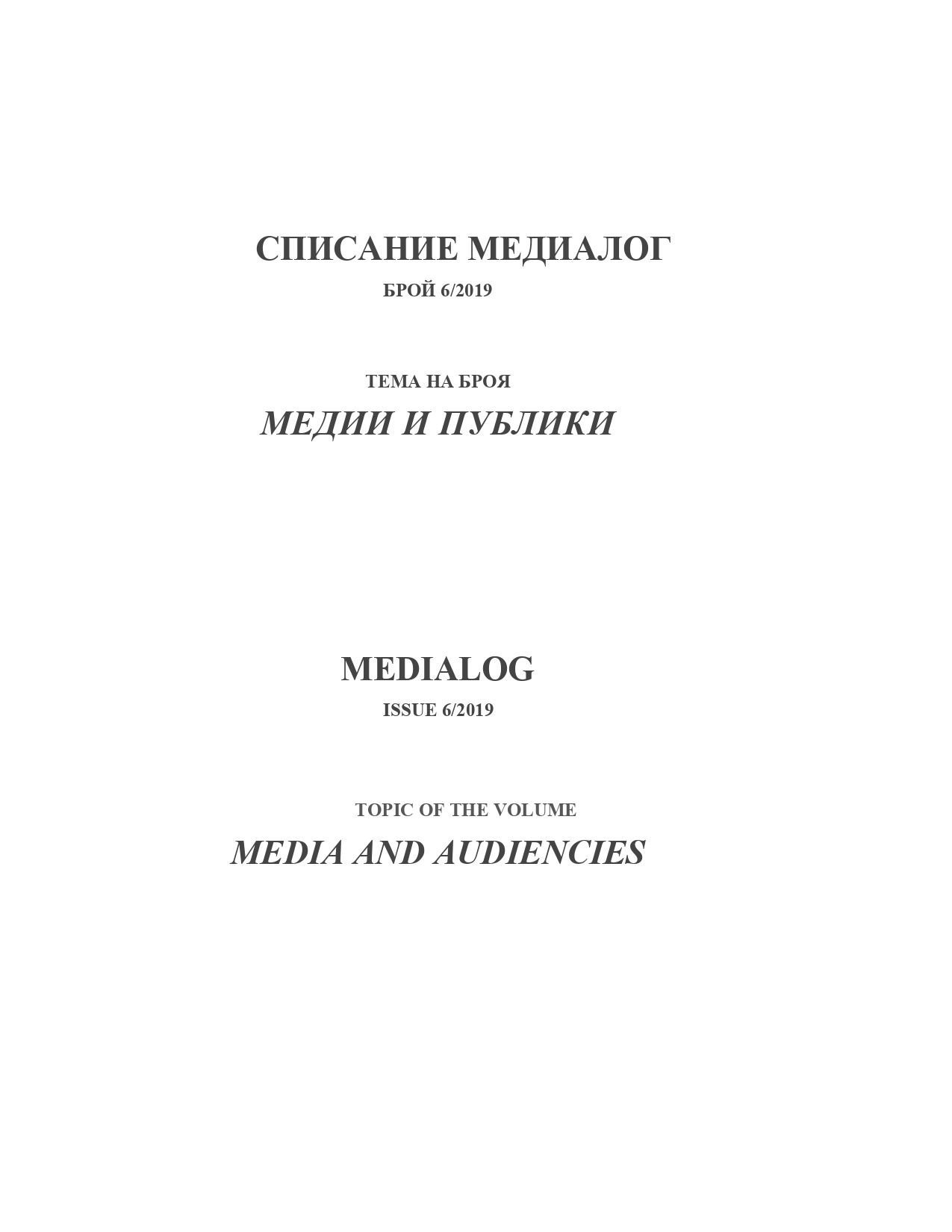
Conference report on the International Science Conference ‘Culture as Fieldwork: Authentic, Spectacular, (In)visible'
More...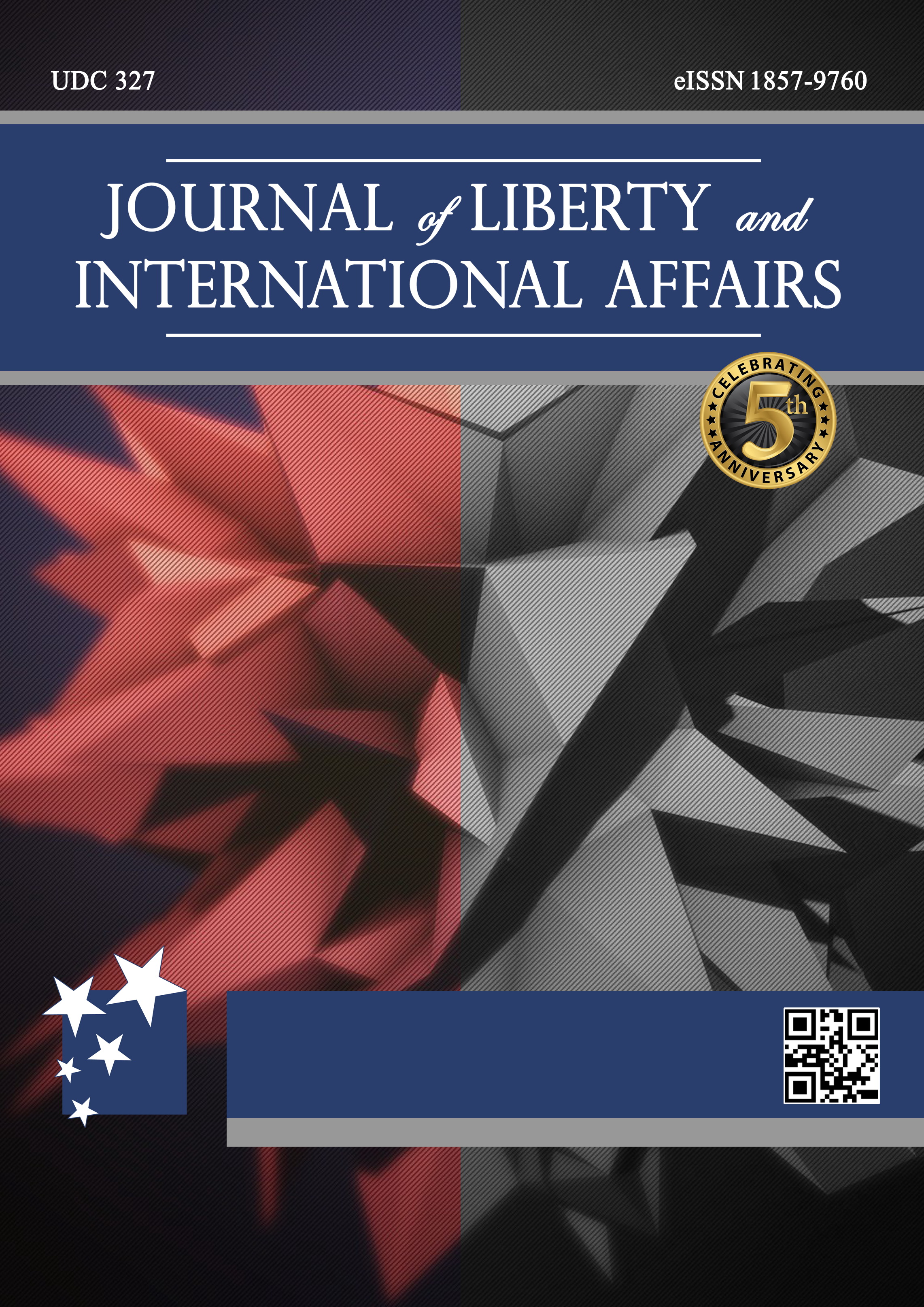
South Sudan, which separated from Sudan in 2011 after nearly 40 years of civil war, was embroiled in a new devastating conflict at the end of 2013. This happened when political disputes coupled with preexisting ethnic and political fault lines became brutal. This conflict has mostly targeted civilians and most often, ethnic groups, and warring parties have been accused of war crimes and crimes against humanity. The conflict has resulted in a major humanitarian crisis, mass displacement and mass atrocities against South Sudanese citizens. Notwithstanding, instability in South Sudan has made the country one of the most dangerous countries for humanitarian aid workers in the world, especially as majority of them have lost their lives during their operation. In view of this, the article seeks to interrogate the main driving forces that triggered the deadly conflict and also the ramifications brought upon the population as well as the country.
More...
peoples music, state socialism, people's democracy, Bulgarian radio, soft powerThe article describes the main power concepts and practices, related to music in Bulgarian radio during the first years of socialist Bulgaria – the Fatherland front period (1944-1947), when the authorities start to take possession of state radio, under the guise of “people’s democracy”; and the totalitarian period (1948-1956) – a period of “classical Stalinism”, a time of the completed control of radio and media music by the communist power. The focus is on the so called folk music in radio, which turns out to be one of the main conduits of “soft power” in the first years of Bulgarian national socialism. Its presence in the narratives of communist power, its place in radio programs, its main figures and formats, its power uses as “music for the people” and some discourses as “correct” and “incorrect” music, according to authorities, are examined.
More...
This paper represents a continuation of the previous publication “The Musical Instruments in the Early Vernacular Translations of the Psalms. Collective Research” (Museikon, 3, 2019, p. 67-140), henceforth abbreviated as Musical Instruments… 2019. The study will be continued in the next issue of Museikon (5, 2021), covering more languages and furthering the discussions.
More...
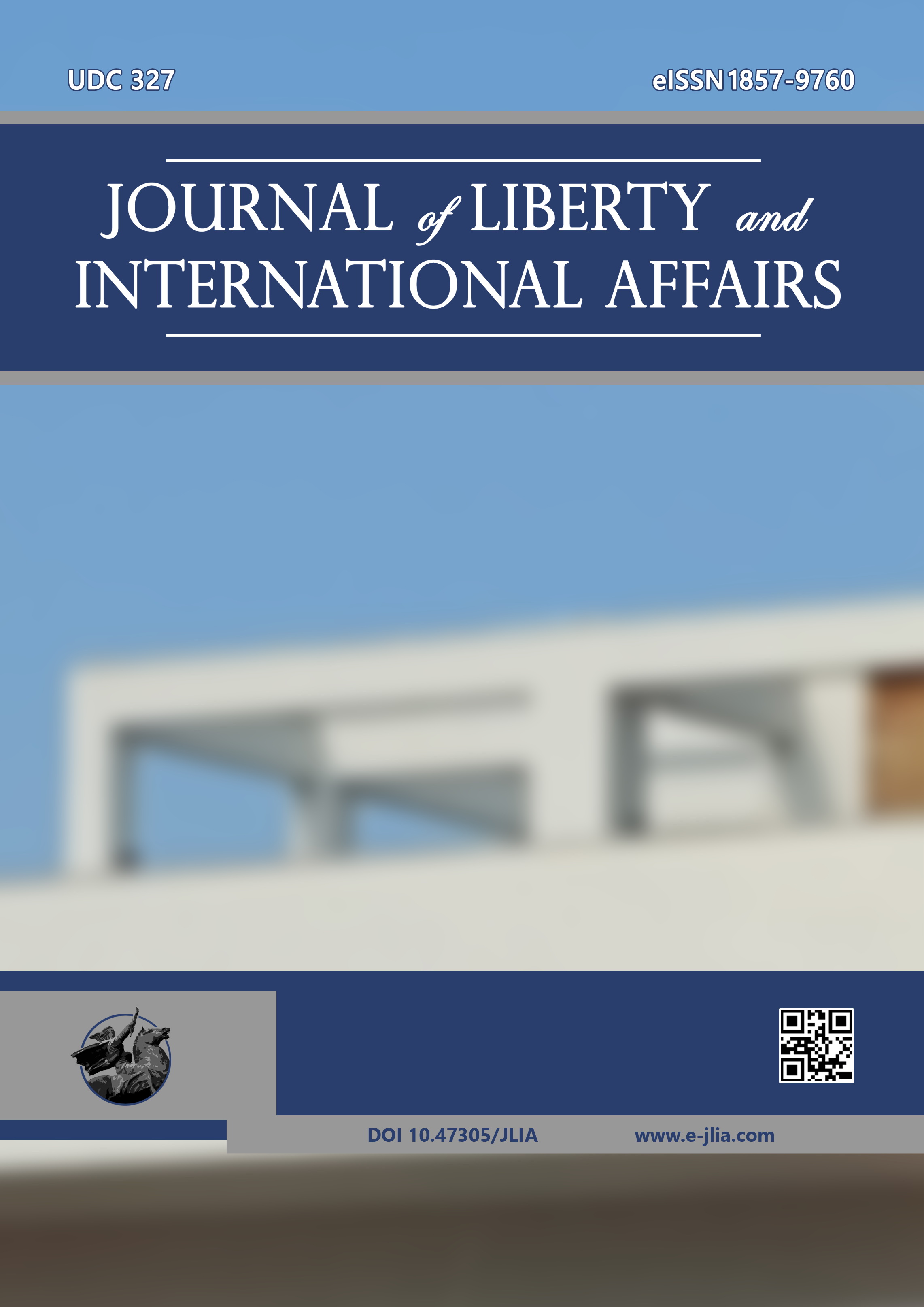
The issue of the sea between Albania and Greece has been and continues to be an object of study for various authors. Research shows so far that many studies have tried to go slightly from the descriptive to the explanatory and analytical framework and have generally fallen into the ‘trap’ of subjective approaches creating the phenomenon of nationalism. That appears in different forms, damaging the spirit of friendship and cooperation between both countries. This paper analyzes relations between Albania and Greece and their evolution based on international acts until the decision of the Albanian Constitutional Court annulling the agreement between them on the issue of the sea as incompatible with the constitution in terms of absolute objectivity. The demands of the Greek state for extension with 12 miles under the magnifying glass of the interpretation of the norms of the international law of the sea, the principle of equality and equity are part of the insistence on gaining superiority in the sea area vis-à-vis Albania. All this leading to the dialogue for another treaty cooperation and friendship occupy a vital part of the facts, which constitute an ongoing open discussion about the future of the sea issue on the Hague International Court.
More...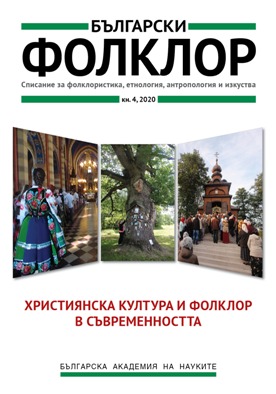
The article presents religious practices and politics of memory, related to the cult of the “new martyrs” (“martyrs of totalitarianism”) in the Catholic Church in Bulgaria after 1989. The paper is based on terminological apparatus and methodology in the field of anthropology of memory and anthropology of religion, and describes the procedures of beatification of Blessed Eugene Bossilkov (beat. 1998) and bishops Fr. Kamen Vichev, Fr. Pavel Dzhidzov, Fr. Iosafat Shishkov (beat. 2002), Fr. Fortunat Bakalski, Fr. Rafael Peev, and others. The objective of this study is to elucidate major moments related to the institutionalisation of the cult, the processes of construction of sacredness, the creation of new religious practices, the commemoration practices, and the places of memory. The study explores the elements of the veneration of the “new martyrs” in Bulgaria, the connection between cult and history, and the issues of memory and the policies of memory as a form of heritage. The observations and the examples are obtained through field research and interviews conducted in several settlements in the Diocese of Sofia and Plovdiv and the Diocese of Nicopolis (primarily the towns of Plovdiv, Rakovski, Ruse, and Belene, the village of Oresh, and the city of Sofia). Relics, testimonies of martyrdom, stories of miracles, hagiographical and iconographical innovations, commemorational festivities, places of memory, related to the “new martyrs” – all of these are analysed through the prism of processes of invention of cultural-historical heritage, renovation of confessional identities, and creation of reworking models of traumatic memory in the period of socialism. The article looks for answers to the following questions: What is the character of the totalitarian martyrology in Bulgaria? How are the confessional consciousness of the Catholic communities and the character of their religious culture being transformed through the religious cults of the “new martyrs”?
More...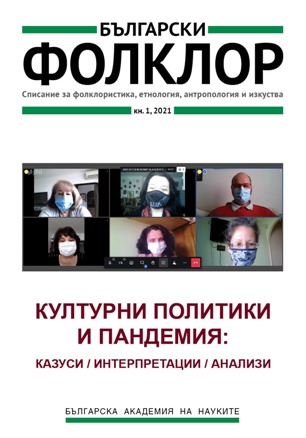
The article dwells on the situation in Europe and in the world in the sphere of cultural heritage and its preservation in the conditions of the COVID-19 pandemic. Attention is focused on the reactions, decisions and actions taken by the European Council/ Council of the European Union, UNESCO and ICOM.
More...

Scientific life, conference report
More...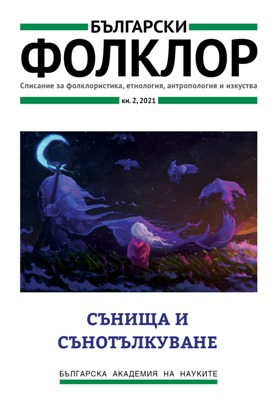
In this article, I offer a summarized survey of the different folklore genres in Bulgarian traditional culture that refer to dreams, dream interpretation and the consequences of dreams. The study is based on a substantial number of narratives of dreams and dream interpretations that I have recorded through fieldwork, and on my research on this topic. I have also utilized published and archive materials, dating since the Bulgarian Revival period until modern times, and published research by folklorists and ethnographers from the distant past until the present day. I delineate the main principles of dream interpretation; the ways of dream interpretation, and the factors that influence it. It is underlined that dream interpretation is part of the cultural education in patriarchal Bulgarian society as an essential element of the skills and practices referring to predicting the future. All of this confirms the fact that dreams and dream interpretation are a significant part of the system of Bulgarian traditional culture. I emphasize the unity of opposites, which is basic for the classification and interpretation of dreams. It is an important characteristic of Bulgarian traditional culture as a whole and also of the Bulgarian culture and language from the Middle Ages until modern times. Simultaneously, I also dwell on the analytical-psychological essence the unity of opposites. Special attention is paid to the crucial role of the context for the correct interpretation of dreams, which corresponds to the method of amplification in Jungian psychology.
More...
The article deals with the semantic and functional interrelations between folktales and dreams and with the role of dreaming as a component which defines the structure of the folktale plots. The author discusses the symptomatic lack of the dream motif in one of the key studies in the humanities of the twentieth century, Vladimir Propp’s “Morphology of the Folktale” (1928). The study emphasizes the special place that the motif of dreaming has in folktales and analyses the versatile development of the narrative through the situations of “a folktale in the dream” and “a dream in the folktale.” The focus of attention is on the folktales from “One Thousand and One Nights,” through which a range of narrative techniques and plots enter European culture, along with a plethora of themes and motifs related to dreams and dreaming. Based on the analysis, the author elicits two main models of assimilation of dreams/ sleep in folktales: the model of Sleeping Beauty and the model of Scheherazade, which represent respectively sleeping as a fact provoking no plot, and the dream as a tale. The conclusion offers an explanation of the absence of the dreaming motif from Propp’s folktale morphology and draws a parallel between the theory of the functions in folktale plots and the idea of the psyche’s protective mechanisms in psychoanalytical tradition.
More...
In his book “The Myth of the Birth of the Hero” (1909), the psychoanalyst Otto Rank identified in various cultures numerous versions of the same narrative which was very close in content to the Oedipus myth. The structure of this repetitive plot is the following: a son of a king, sentenced to death by his father, survives miraculously and grows up far away from his family; when grown-up, he returns to his hometown, murders his father and inherits the throne. The paper argues that this plot has come into being as a narrative aimed at legitimizing the right of existence of a newly formed community by presenting its leader as the legitimate successor of the ruler of the group from which the new community has separated. After its dramaturgical rendition by the ancient Greek tragedians, the Oedipus plot has acquired a new meaning – it started functioning as a story of the great sinner.
More...
The text is dedicated to two movies based on Alberto Moravia’s book “Ciociara”. The author examines some folklore motifs through which the role of the woman is presented. The analysis also includes the dream of a wedding, which transforms the understanding of time-space relationship. Outlining authentic folklore motifs in the film narrative is in the centre of the study, together with the original presentation of the person having the wedding dream, which forms the visual core of the film. Central point in the text is the relation between reality and the way it is experienced by the dreamer.
More...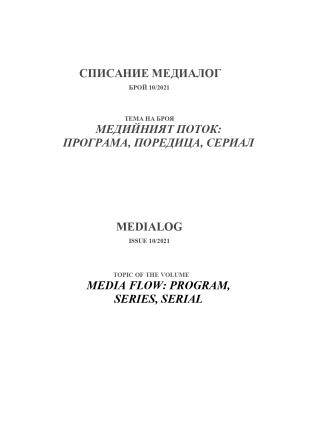
The dual broadcasting system in the six Western Balkan countries puts challenges but also creates opportunities to increase the diversity of the TV program. The paper aims to answer the question whether there is a variety of television content provided by the public broadcasters to the audiences in the Western Balkans. Their public mission obliges them to provide access to programs on diverse topics for all target audiences, including ethnic minorities and people with disabilities.
More...
Modern Mimesis: Self-Reflexivity in Literature is a passionate defence of philology that traverses the distances from Ancient Hellas to present-day Japan, from Ulysses to robots. This movement follows a logic described by the author as reconceptualization, and creates conceptual nodes configured through horizontal and vertical, temporal and spatial self-reflexive reduplications. The broad arc from the libraries of Alexandria and Pergamum to the mimetic valleys of robotics thus turns out to be underpinned by the reconceptualization of the ancient dispute between ‘analogy’ and ‘anomaly’, turning any attempt at ordering into an ‘endless series of rearrangements’.
More...
In the end of September 2021 one of the celebrations of the academic community took place – colleagues and friends congratulated prof. Lilyana Deyanova with the publishing of the anniversary anthology ‘Time and Memory’. Compilers and organizers of the academic celebration are Maya Grekova, Petya Kabakchieva, Momchil Hristov, Milena Yakimova.
More...